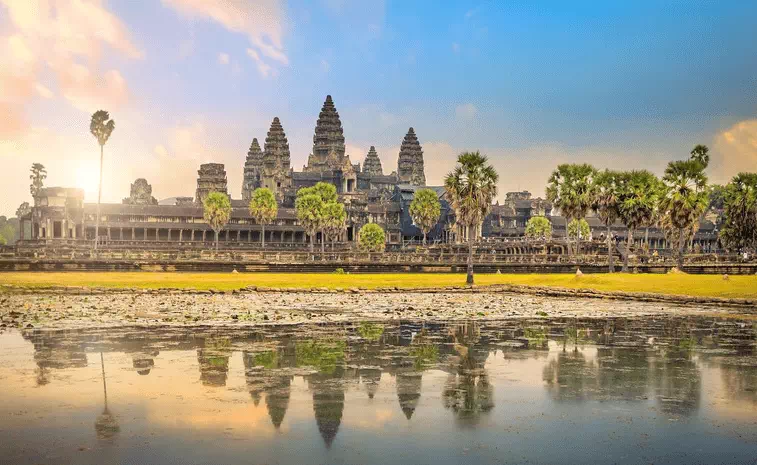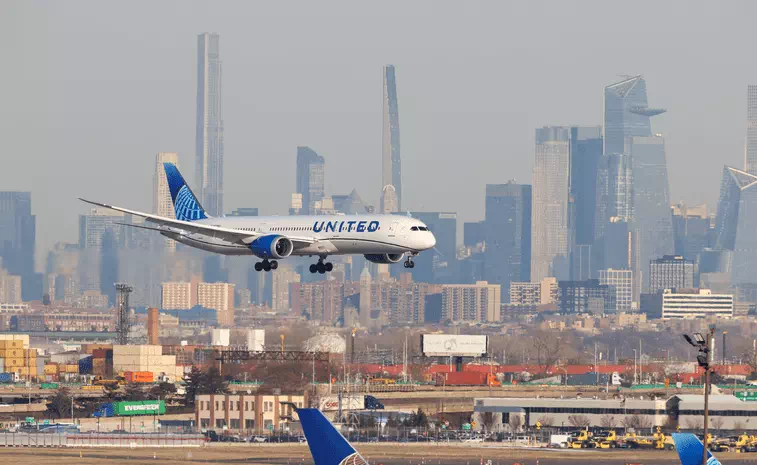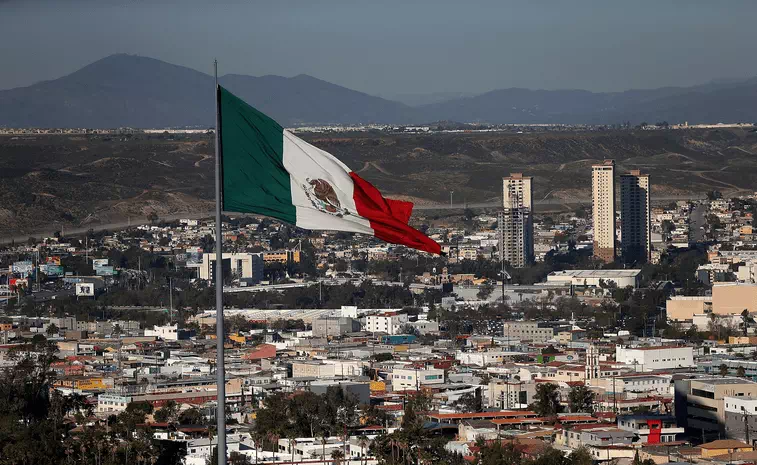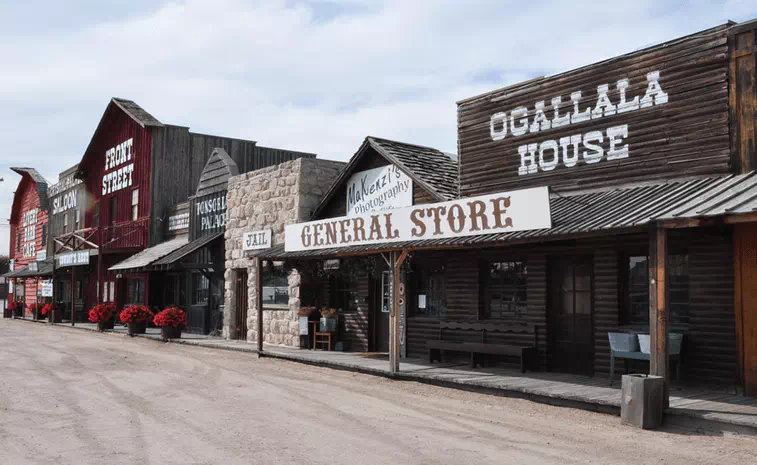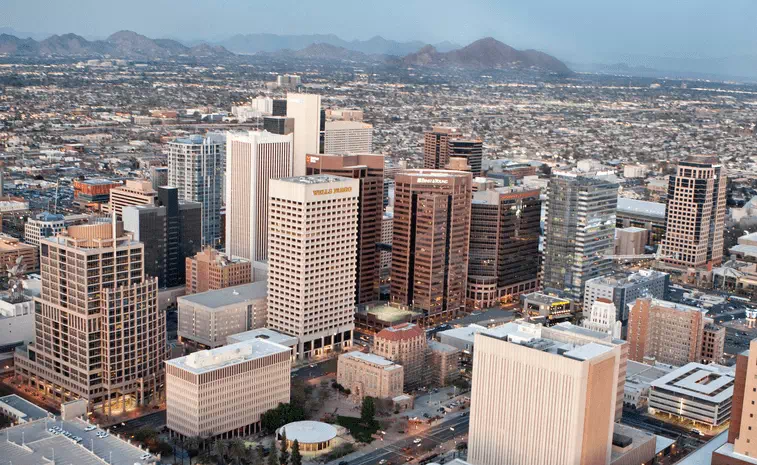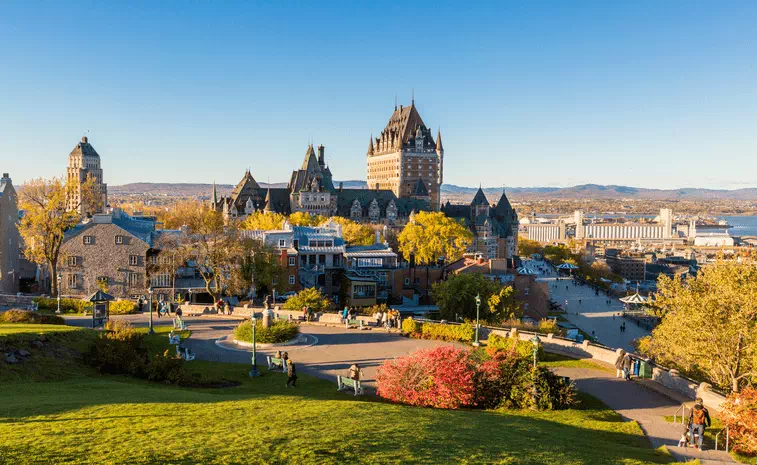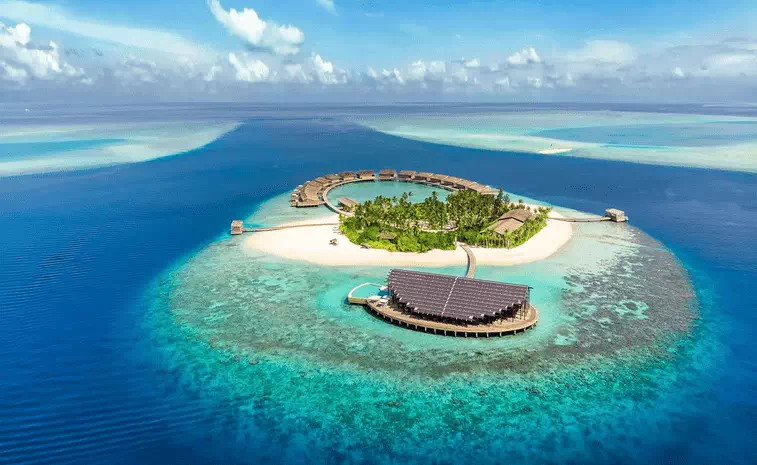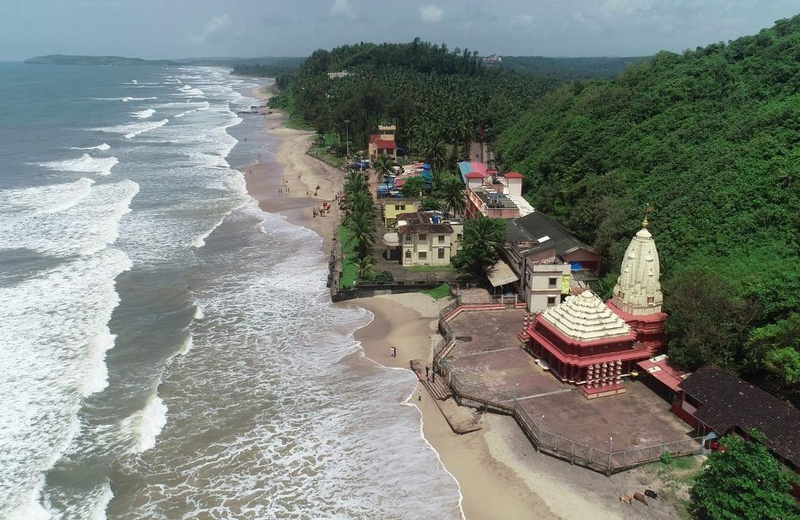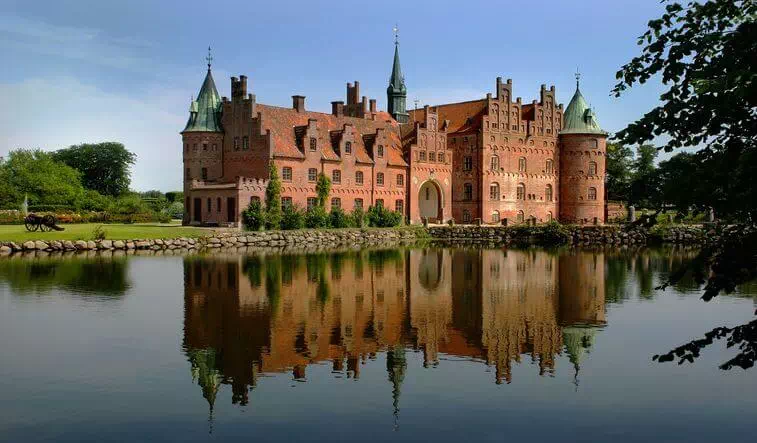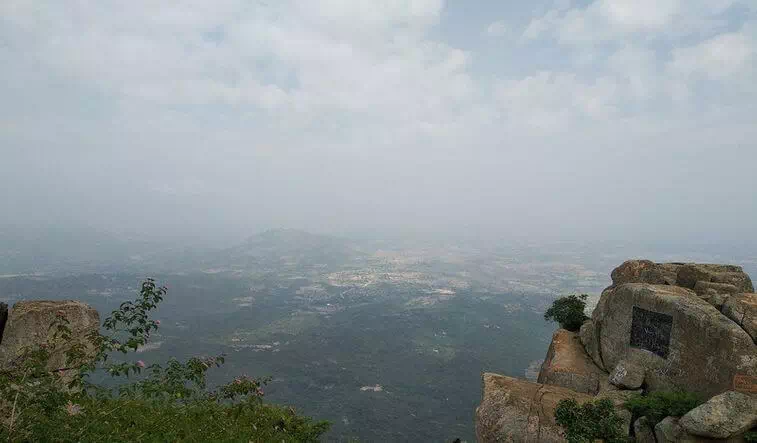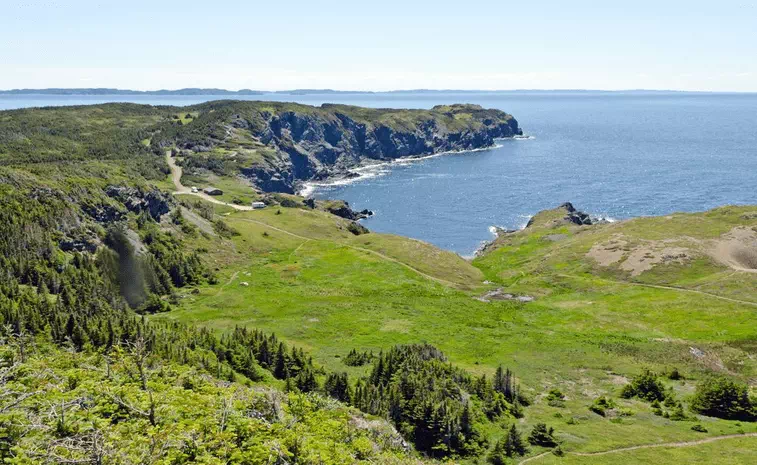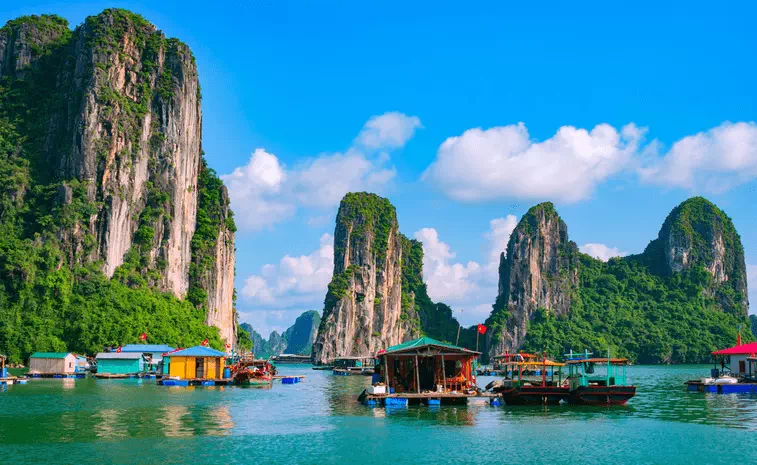10 Well-Known Buddhist Monasteries of Incredible India You Should Visit
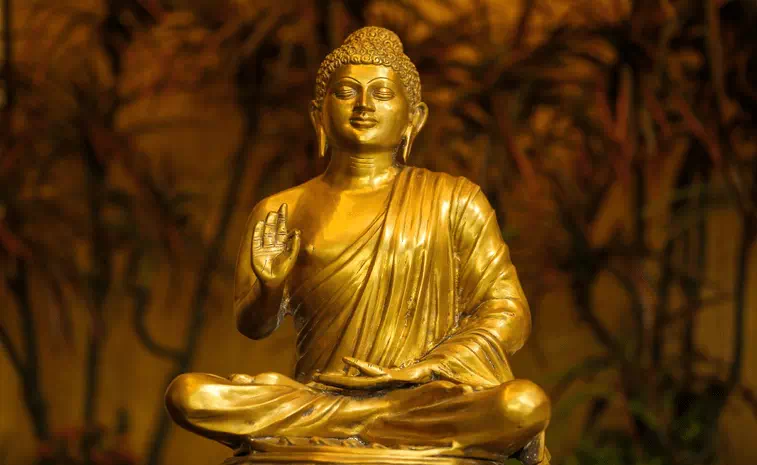
Today we are going to talk about Famous Buddhist Monasteries of Incredible India. At all of the following Buddhist monasteries, tourists can learn the art of any Buddhist culture and traditions. Tourists must visit all the Buddhist monasteries located in different parts of India. So let us gather a little more information about Famous Buddhist Monasteries of Incredible India.
1. Diskit Monastery, Ladakh
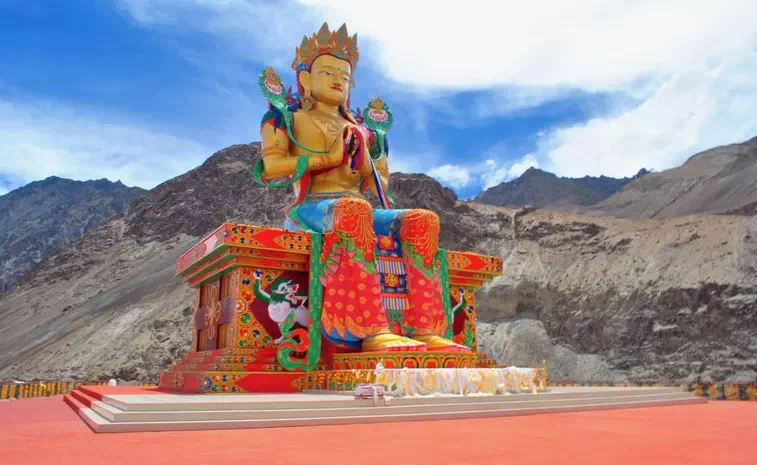
This type of Buddhist monastery is also known as Deskit Gompa. Diskit Monastery is known as the oldest and largest Buddhist monastery in the Nubra valley of Ladakh in northern India. This type of monastery belongs to the Gelugpa sect of Tibetan Buddhism.
The Diskit Monastery was founded in the 14th century by Changzem Tserab Zangpo, founder of Gelugpa and a disciple of Tsong Khapa. The Diskit Monastery has Cho Rinpoche in the prayer hall, a huge drum and many images of the fierce guardian deities for tourists to visit.
2. Ghum Monastery, Darjeeling
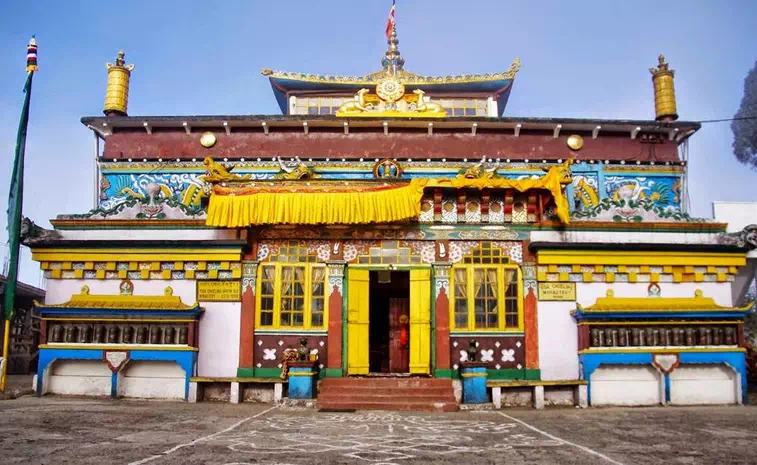
This type of Buddhist monastery is known as one of the most famous tourist attractions in Darjeeling. And Ghum Monastery has a 15 feet high statue of Maitreya Buddha. The Ghum Monastery is also home to a small hilly Ghum Batasia Loop, War Memorial.
The exterior structure of the monastery in this type was founded in 1850 by the Mongolian astrologer and monk Sokpo Sherab Gyatso. Ghum Monastery belongs to the Gelug School of Tibetan Buddhism. Monks wave prayer flags in the Tibetan tradition at this type of monastery.
3. Hemis Monastery, Ladakh
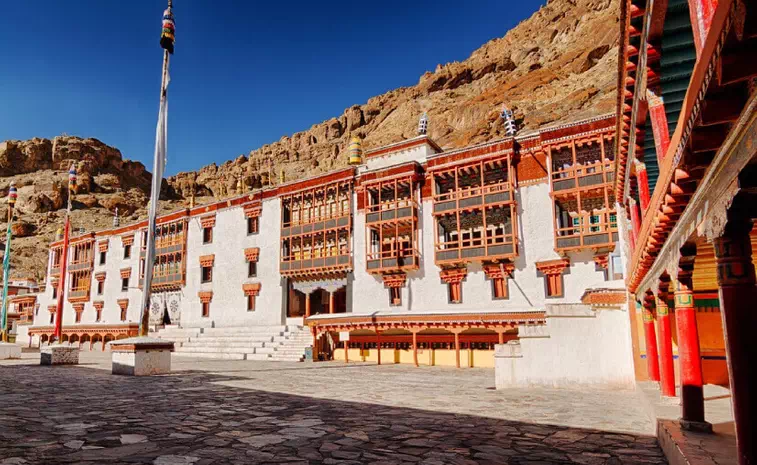
This type of Buddhist monastery is dedicated to Lord Padmasambhava and is well known for the world famous Hemis Festival. Mask dances of Hemis Monastery in Ladakh are part of the Tantric tradition and are celebrated annually on the 10th day of Tse Chu. This type of monastery was founded by Ladakhi king Sengge Namgyal in 1672.
4. Key Monastery, Lahaul and Spiti
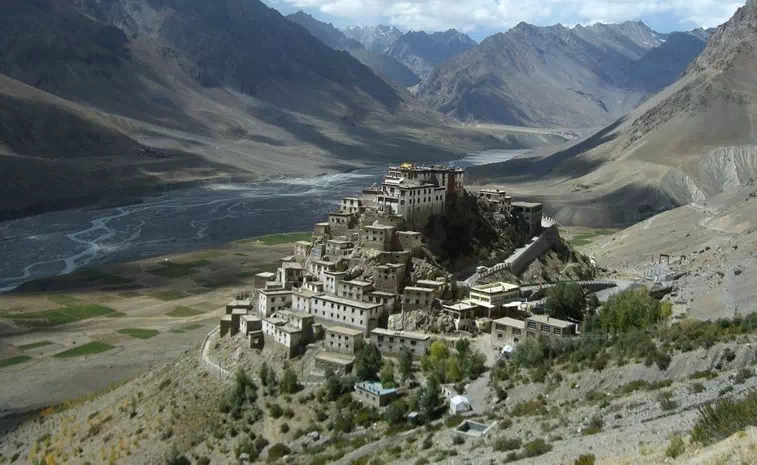
This type of Buddhist monastery is found on the top of a hill near the Spiti River in Himachal Pradesh. Tourists have to go to an altitude of 4,166 meters to visit the Key Monastery and enjoy the scenic environment. Key Monastery is also known as a religious training center for llamas. In 1855, there were 100 monks living in Key Monastery. This type of monastery is said to have been founded in the 11th century by Dromtön, a student of the famous teacher Atisha.
5. Mindrolling Monastery, Dehradun
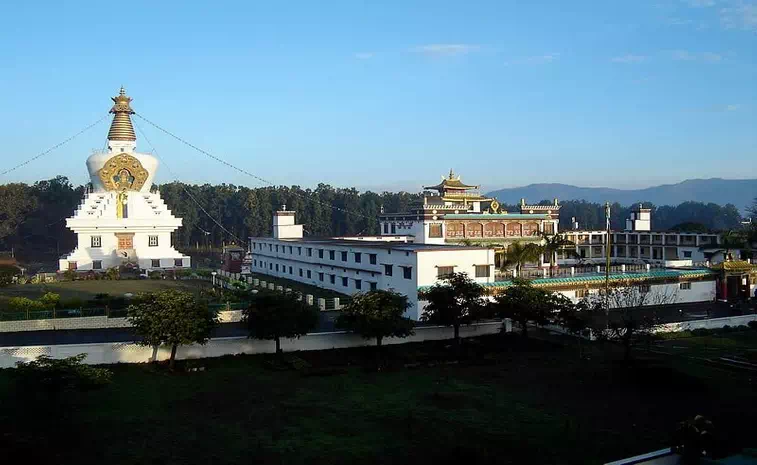
This type of Buddhist monastery is known as one of the best tourist attractions near Clement Town in Dehradun. The Mindrolling Monastery was founded in 1676 by Rigzin Terdak Lingpa. The Mindrolling Monastery has been re-established by Khochhen Rinpoche in Dehradun. This type of monastery now houses Ngagyur Nyingma College and is known as one of the largest Buddhist institutions in India.
6. Namdroling Monastery, Bylakuppe
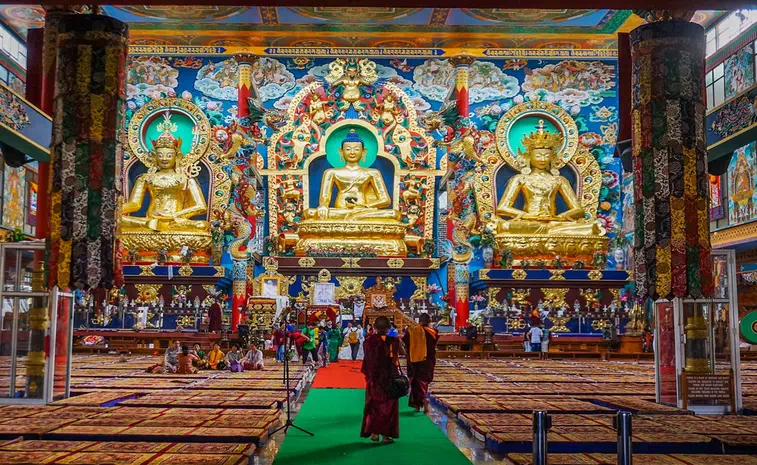
This type of Buddhist monastery is known in Bylakuppe and as an important part of Mysore district. And the Namdroling Monastery is considered to be the largest teaching center of the Ningma dynasty and the school of Tibetan Buddhism in India.
Namdroling Monastery is home to a community of over five thousand lamas. The Namdroling Monastery was founded in 1922 by the 11th Drubwang Padma Norbu Rinpoche of the Panil dynasty. The Namdroling Monastery is carved in the forest and given to the exile of Tibet by the Government of India.
7. Phuktal Monastery, Jammu and Kashmir
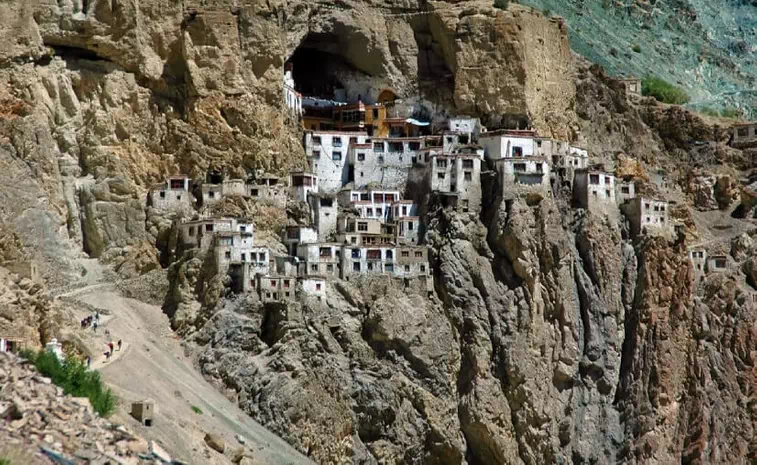
Tourists can reach this type of Buddhist monastery only on foot through the still Zanskar River. Supplies for Phuktal Monastery are brought on horses, donkeys and mules during the warmer months. In addition to this, in the stable winter, the supply of this monastery is transported through the stable Zanskar River.
This type of monastery is built around a natural cave. It is also believed that about 2,550 years ago the Phuktal Monastery was visited by numerous ages, translators, scholars and monks. The remote location of Phuktal Monastery was considered ideal for monks in search of solitude for peace and meditation. This type of monastery is considered to be the home of about 70 monks.
8. Rumtek Monastery, Sikkim
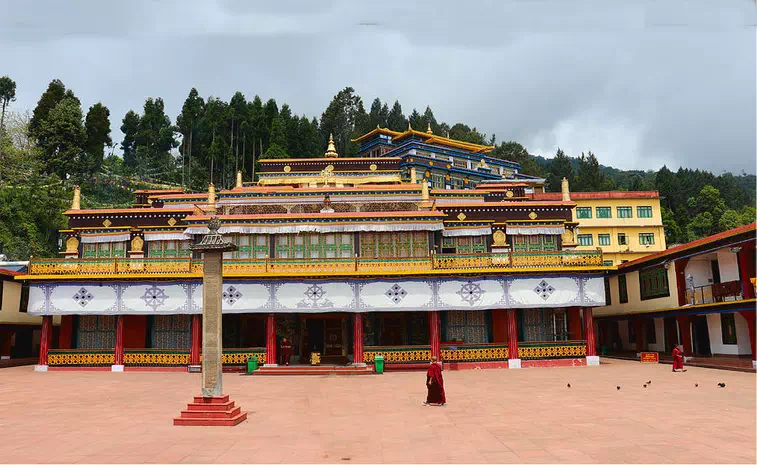
This type of Buddhist monastery is known as the largest monastery in Sikkim. And a very large community of monks can be found at Rumtek Monastery. Rumtek Monastery is also known as Dharmachakra Center. This type of monastery is the seat-in-exile of Gyalwang Karmapa and was inaugurated by Karmapa.
The Rumtek Monastery is known as the epicenter of sectarian tensions at the Karma Kagyu School of Tibetan Buddhism and is a great illustration of the 17th Karmapa controversy. Remains of the 16th Karmap are found in a golden stupa at this type of monastery.
9. Tawang Monastery, Arunachal Pradesh
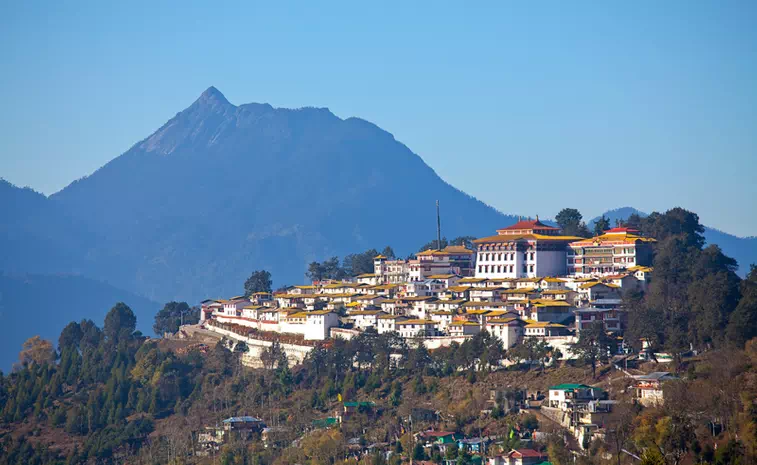
This type of Buddhist monastery is known as the largest Buddhist monastery in India. And Tawang Monastery is located on a hilltop in the city of Tawang in Arunachal Pradesh. The structure of Tawang Monastery is like a hut and the library is like a huge mansion with Holy Scriptures. The Tawang Monastery houses an image of Buddha and a huge statue of Lord Buddha.
This type of monastery is known as Gaden Namgyal Lhatse in Tibet. Tawang Monastery was founded by Merak Lama Lodre Gyatso in 1680-1681. There are 65 residential houses within the complex of this type of monastery.
10. Thiksey Monastery, Ladakh
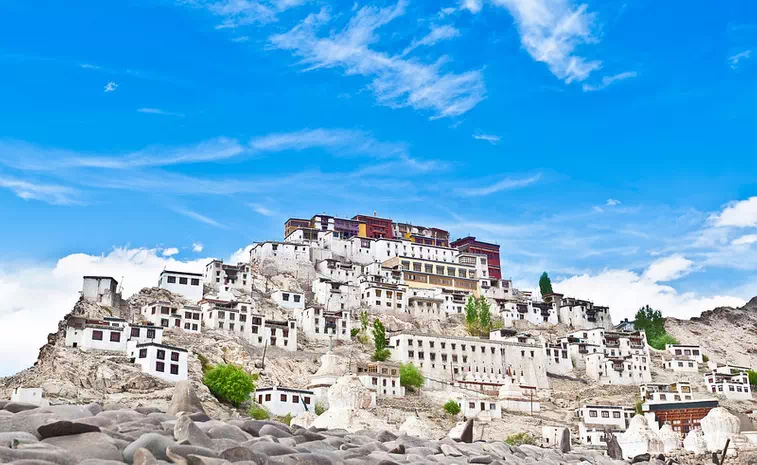
This type of Buddhist monastery is located about 19 km from Leh. Thiksey Monastery is known as the largest Buddhist monastery in central Ladakh. The Thiksey Monastery has a 49 ft high statue of Maitreya at an altitude of 3,600 meters. This type of monastery is associated with the Gelug sect of Tibetan Buddhism.
Thiksey Monastery is known for its resemblance to Lhasa and Potala Palace in Tibet. There is a twelve-storey complex at Thiksey Monastery and many Buddhist art objects can be found in this type of monastery.





